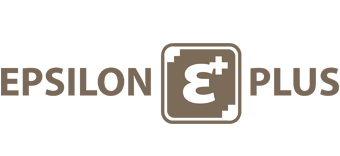Welcome back I hope you enjoyed the summer.
If the last post left you more confused than enlightened, no need to worry, most people feel that way I think.
When actual observations meet applied statistics in the cross field of probabilities everything becomes a bit blurry.
Let’s still look at the box with blue and red balls and imagine that there is 10% red balls in the box.
That means if you pick just one ball there is a 10% chance it is a red ball – and it does not matter if it a large box or a huge box; 10% is still 10% (I will come back to this later, but please keep it in mind).
If you pick another ball, again there is a 10% chance that it is red.
If there is 10% chance the ball is red, well then there is a 90% chance the ball is blue
Why is that important? Because when you pick two balls, you can get different combinations:
One blue and one red ball. Two red balls or two blue balls.
The last combination shows no red balls and quickly it leads to the conclusion there are no red balls in the box!
If your specification tells you that red balls are defect and you do not ship (too many) defect parts to your customer, this is important.
There is 90% x 90% = 81% chance to pick two blue balls, and no red balls. So even with 10% red balls, there is an 81% chance that you will ship this box.
Two samples seem to be on the low end if you want good customer relations. But looking at all 650,000 balls will take weeks and cost a fortune!
This is why sample size matters. It is always a balance between risk and cost.
And about the box sizes mentioned above, there will be more to read later, so stay tuned….
